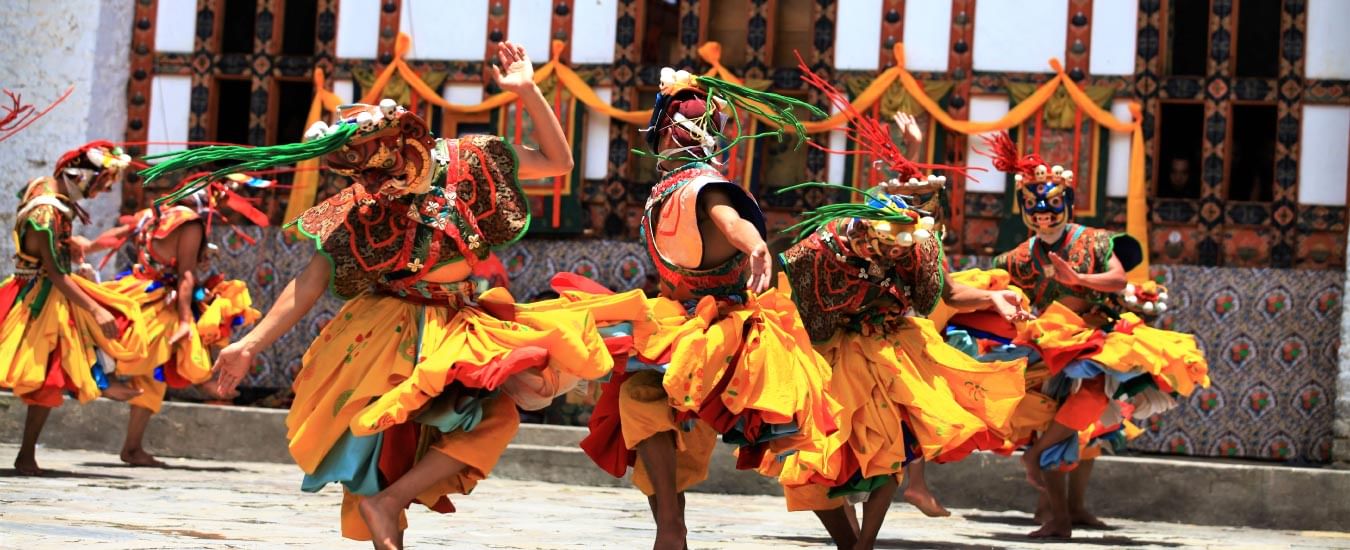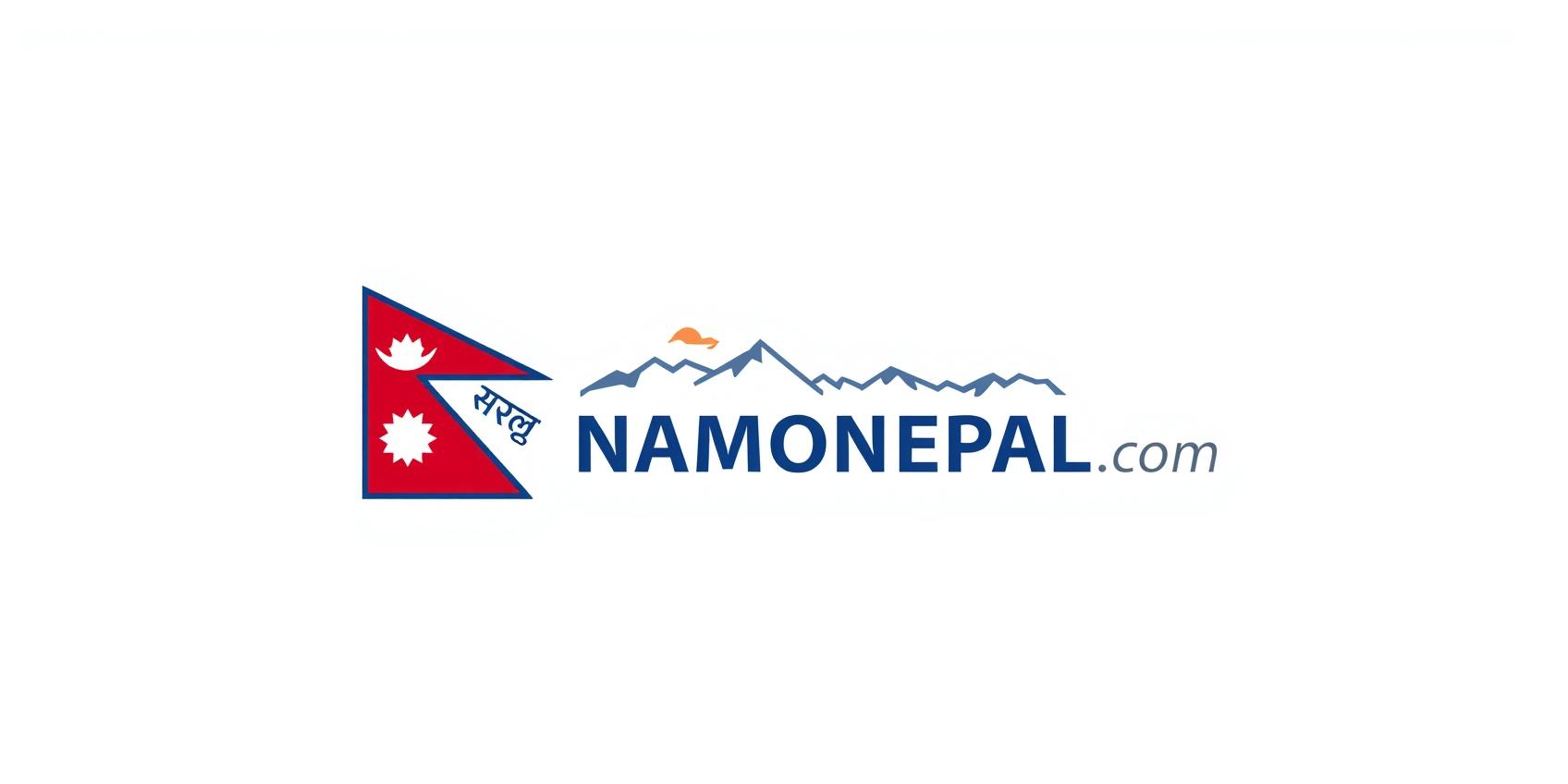Celebrate Nepal’s Vibrant Cultural Performances and Folk Events
Experience Nepal’s rich heritage through its traditional folk dances, musical performances, and community events that echo centuries of history and spiritual significance. From the powerful beats of the Dhime drum to the colorful costumes of the Gurung and Sherpa communities, Nepal’s cultural performances are a living testament to the country’s enduring traditions.

Preserving Ancient Traditions and Strengthening Communities
Folk Events: More than Entertainment
Rich Tapestry of Nepal’s Folk Performance Heritage
Nepal’s folk traditions include a variety of dance and music forms: the Dhime of Newars, Gurung’s Ghatu dance, Sherpa’s Maruni, and Maithili’s Jat-Jatin dances. Each reflects community values, life cycles, and spirituality, forming a vital part of the nation's identity.


Experience Three Signature Folk Performances
Dhime Dance of Kathmandu
Rhythmic drumming and elegant footwork accompanying social events and religious festivals, primarily performed by the Newar community.
How to Enjoy Nepali Folk Events
Participate actively by learning local customs, adhering to dress codes, capturing vibrant moments respectfully, and tasting traditional foods unique to each festival.
🏪
Attend local festivals for authentic performances
💃
Learn basic dance steps in folk workshops
🎶
Sample traditional musical instruments
👗
Purchase local crafts and support artisans
👨
Respect cultural norms during performances
Folk Events Bring Nepal’s Culture Alive
The steady pulse of traditional drums, vibrant colors, and compelling stories create an immersive cultural atmosphere where visitors witness centuries-old craftsmanship and living heritage.
Folk performances serve both sacred and secular roles, communicating history, social values, and community resilience. In festivals like Indra Jatra, for example, masked dances symbolically protect the city and enliven public spaces.

How Folk Events Reflect Nepal’s Social Fabric
Cultural Preservation Role
These events are crucial mechanisms for intergenerational knowledge transfer, ensuring that the complex choreography, ritual music, and oral histories associated with each performance are passed down to the youth.
Folk Events and Sustainable Tourism
Many folk events are increasingly used to promote sustainable tourism, encouraging respectful engagement with communities, ecological mindfulness, and providing direct economic empowerment to performers and artisans.
Join Nepal’s Cultural Celebration Through Folk Events
Immerse yourself in Nepal’s living traditions with folk music, dance, and storytelling that connect past and present. Discover the heart and soul of the nation.

Highlights of Nepal’s Folk Festivals
- Rhythmic Dhime performances
- Narrative Ghatu dances
- Maruni’s colorful pageantry
- Masked dances of Kathmandu
- Traditional instrument workshops
Your Folk Event Questions Answered
Learn everything needed to enjoy Nepal’s traditional music and dance - from timings and traditions to participation tips.
